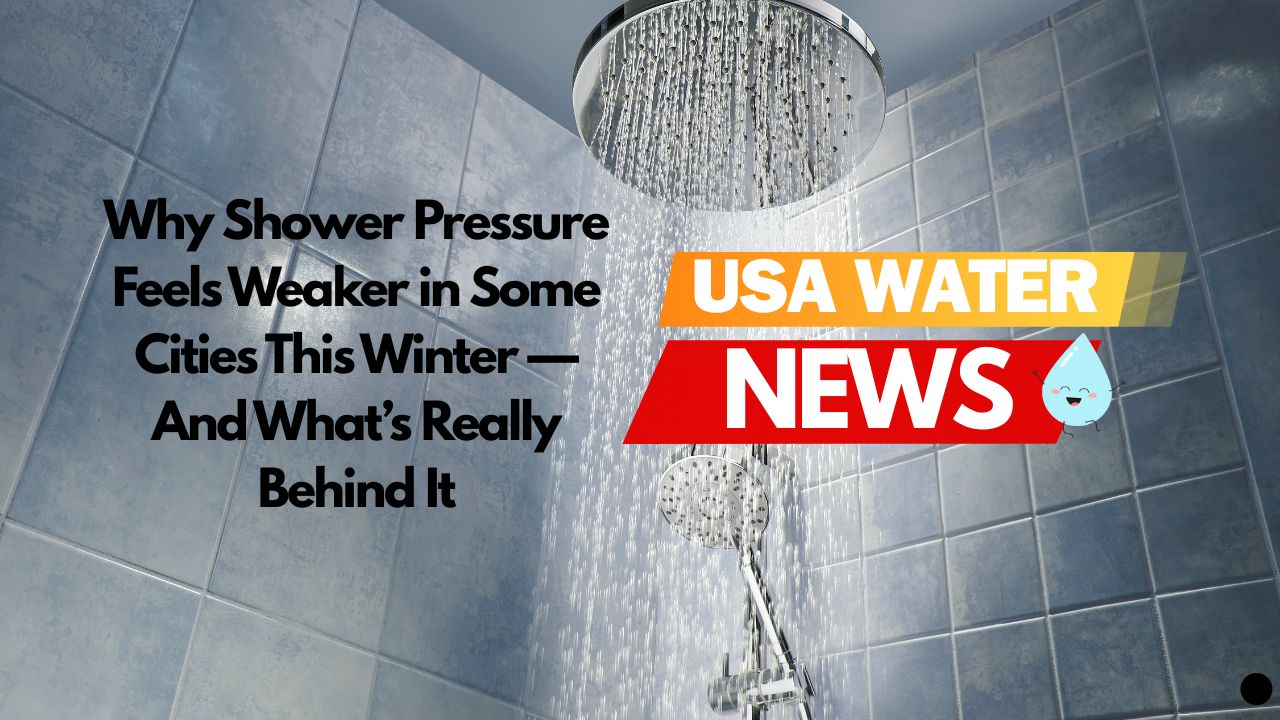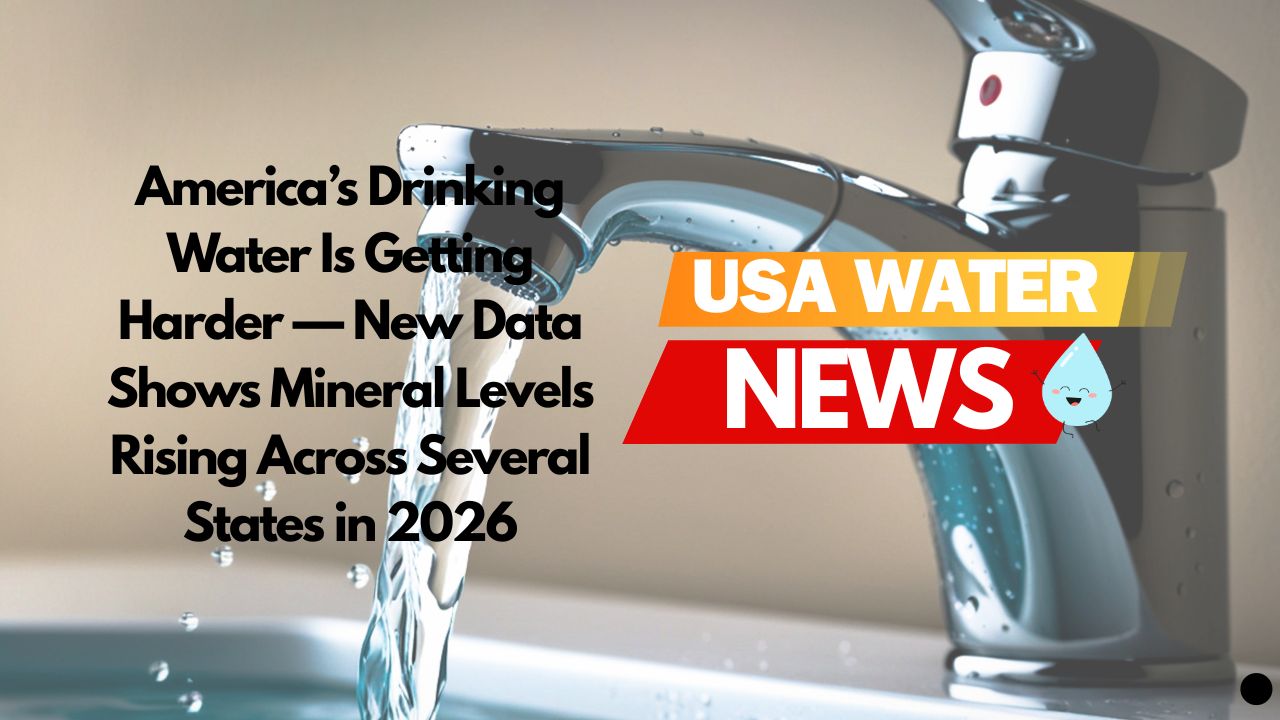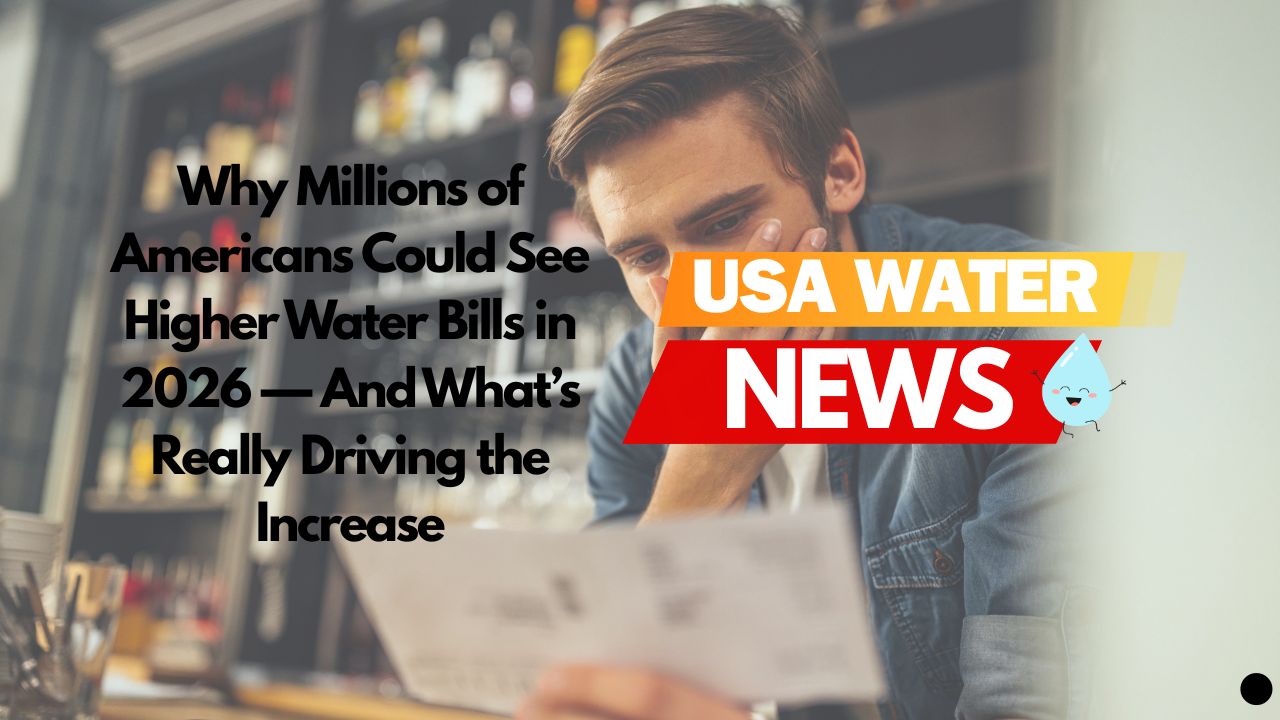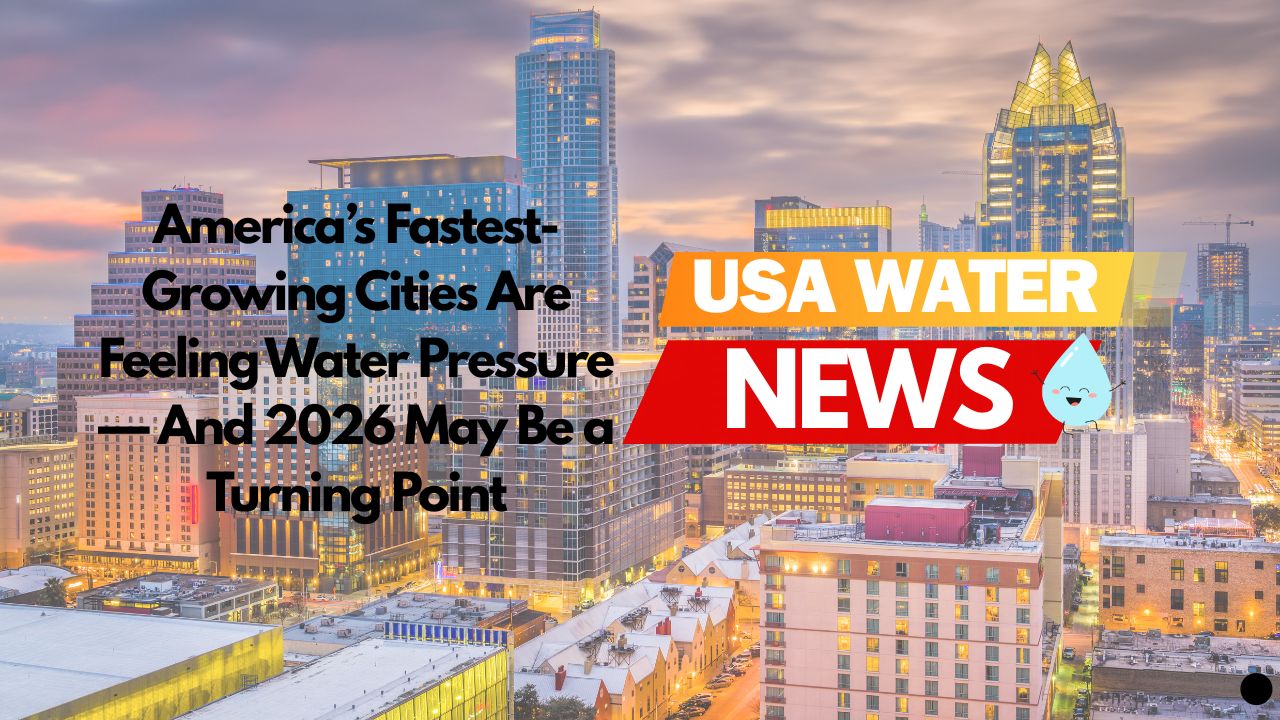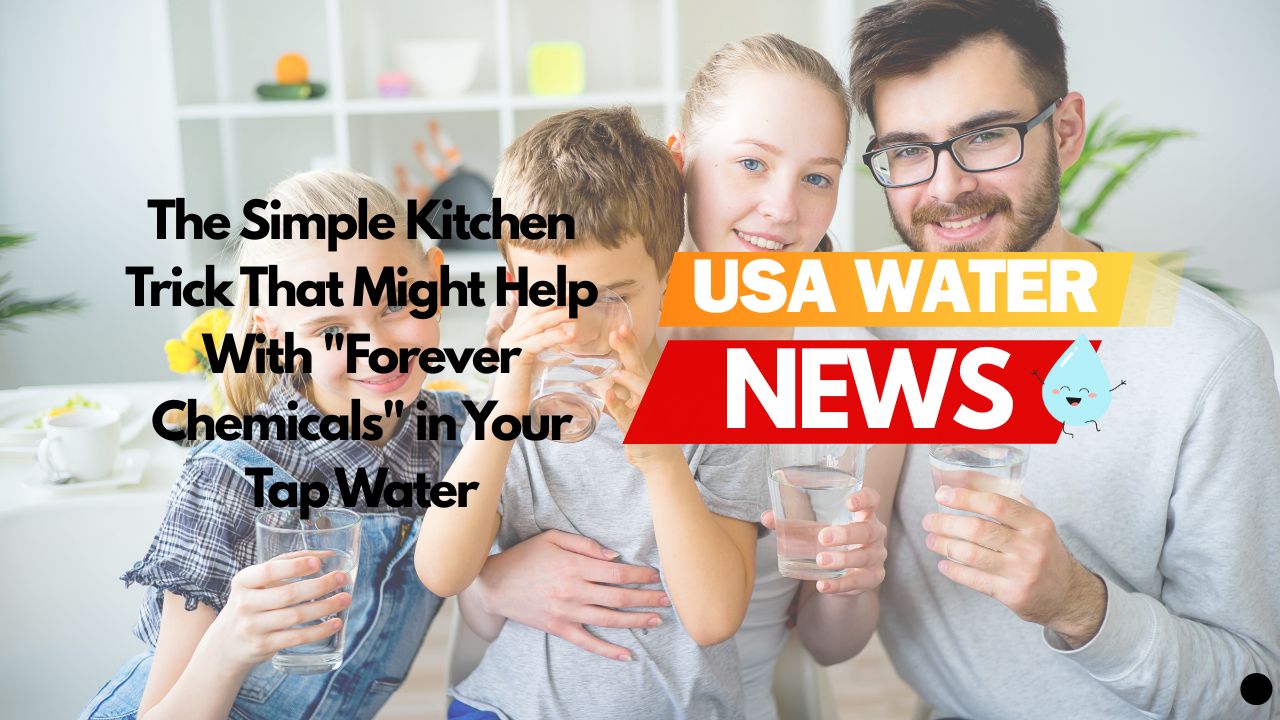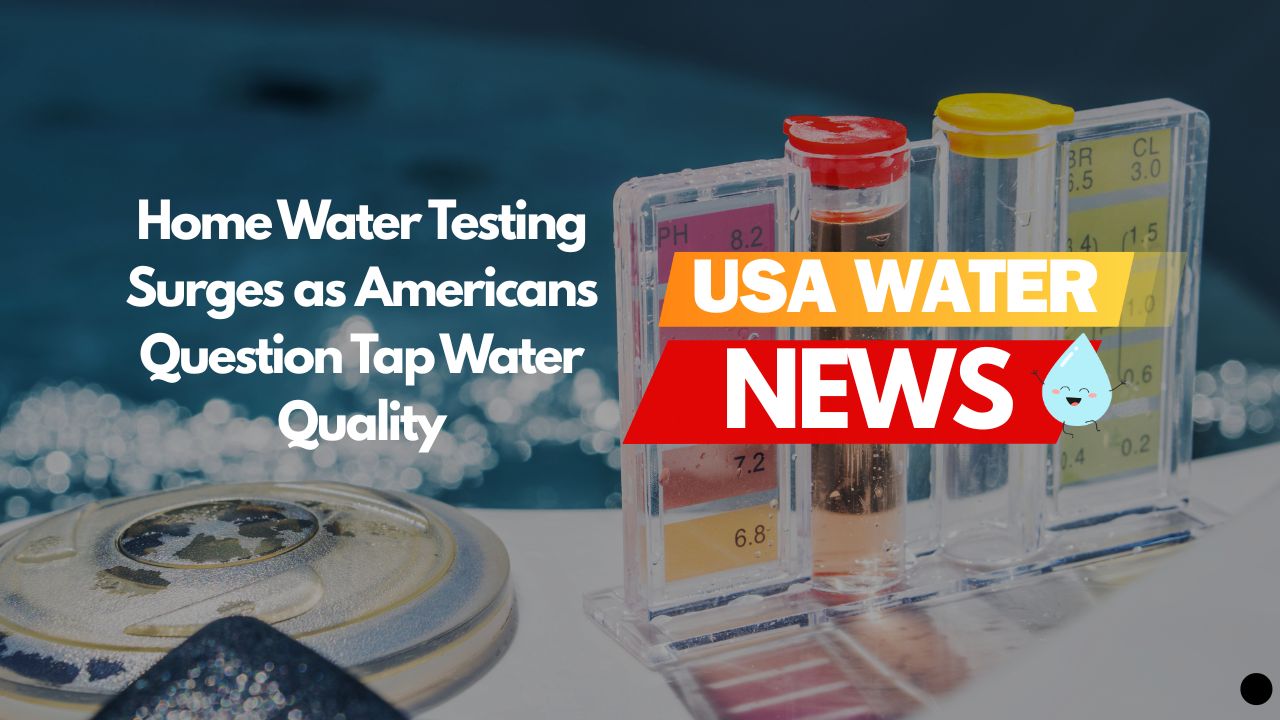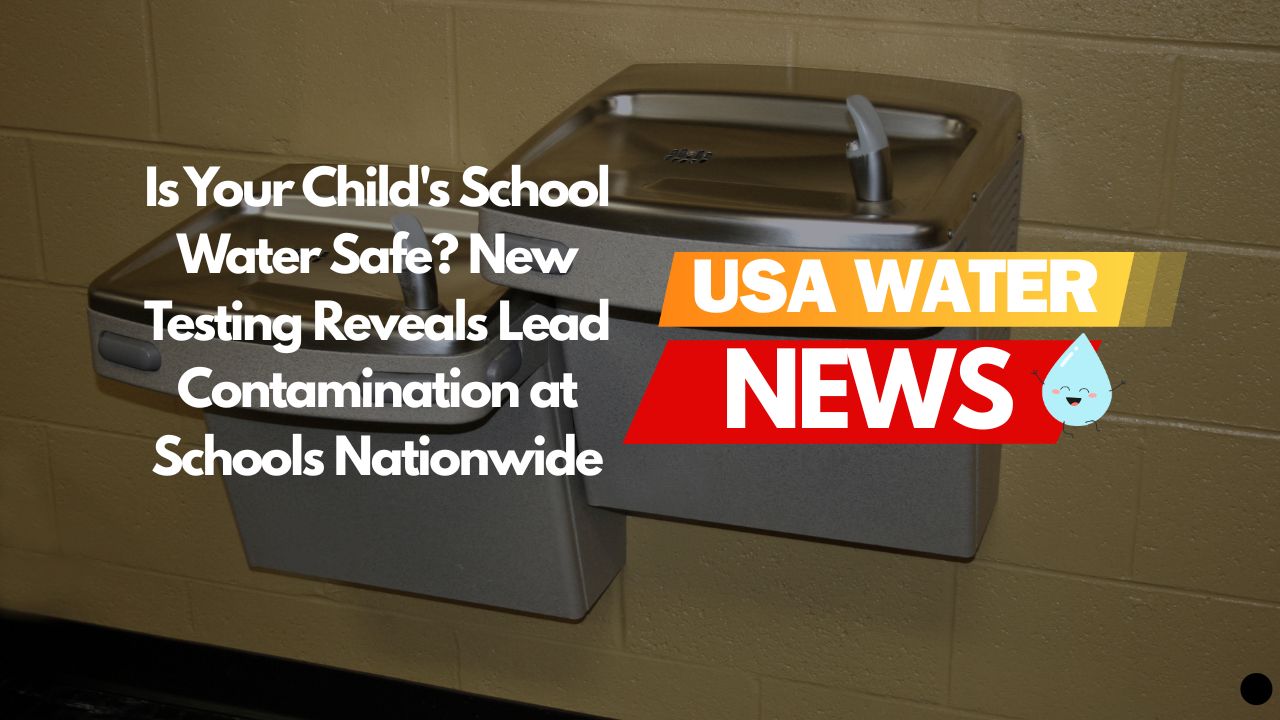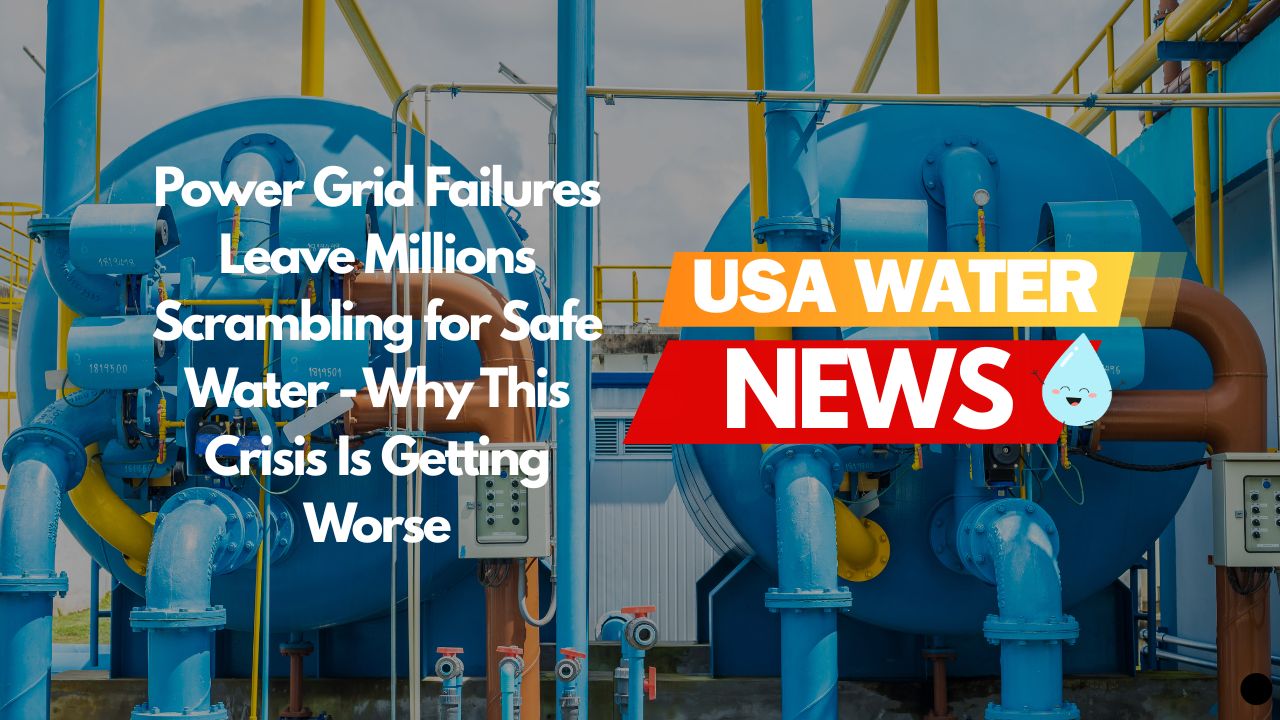For weeks now, social media has been filling with tiny complaints that rarely make the news but are instantly recognisable to anyone who’s lived through a cold snap:
“Why does my shower feel weaker?”
“Water pressure seems low again — is the city doing something?”
“My taps are fine, but the shower isn’t.”
It doesn’t happen everywhere.
It doesn’t happen every winter.
But in 2026, more households across the U.S. are noticing a sudden dip — not a dramatic drop, just enough for the morning routine to feel slightly off.
Nothing dangerous is happening behind the scenes.
The water is still safe, tested, disinfected, and moving through the system just as it should.
But winter has a quiet way of making water behave differently long before it reaches a bathroom.
Winter Doesn’t Just Change the Water — It Changes the Journey
Cold weather affects water long before it comes out of the showerhead. As soil temperatures drop, the miles of pipes beneath neighbourhoods cool with them. Water entering those pipes becomes denser — heavier in a way that doesn’t affect safety but changes how it moves.
A showerhead, unlike a kitchen tap, is a point where small changes become obvious. The spray pattern shifts. The velocity softens. A jet that normally clears shampoo effortlessly becomes gentler. People don’t think about physics when they step into the shower — they simply feel that something is different.
But the explanation begins underground.
Cold Pipes Shrink — Just Enough to Change Pressure
Water mains and residential plumbing expand and contract with temperature. In winter, even strong pipe materials undergo micro-contraction. The changes are tiny — not enough to cause leaks, not enough to damage anything — but enough to reduce internal diameter.
A one or two percent reduction in pipe width can create a noticeable reduction at the shower because showerheads rely on velocity, not just volume.
Your kitchen tap might still feel normal.
Your outdoor hose might still feel strong.
But the shower reveals the difference immediately.
The First Big Storm After a Dry Spell Makes It Even More Noticeable
When heavy rain arrives after weeks of dry weather, many treatment plants switch between wells, reservoirs, or blending points to stabilise water entering the system. These adjustments don’t change water quality — but they can temporarily alter pressure zones while pumps shift or systems rebalance.
Residents may see:
- strong pressure one day,
- a soft dip the next,
- then a return to normal within hours.
On paper, the entire system is stable.
But in practice, these tiny adjustments ripple through homes.
And because winter storms have arrived harder and more often in 2026, people are feeling those ripples more frequently.
Peak Morning Demand Is Higher in Winter — And It Shows Up in the Shower
In summer, water usage spreads across the day: gardening, washing cars, filling pools, outdoor work. In winter, everything condenses into a few tight windows.
Between 6:30 and 8:30 a.m., entire blocks wake up at once.
Showers.
Dishwashers.
Space heaters running.
Washing machines humming before work.
That sudden cluster of demand can drop pressure by just a few PSI — enough for the shower to feel “soft,” especially on older plumbing.
It’s not a failure.
It’s the rhythm of winter mornings.
Aging Neighbourhoods Feel It More Than Newer Ones
In older neighbourhoods—those built in the 60s, 70s, and 80s—pressure zones may rely on valves and mains designed for smaller populations. When the weather turns colder and demand clusters tightly, the system has to work harder to push water through older pipes with narrower internal passages.
This doesn’t reduce water quality.
It doesn’t signal a problem that needs reporting.
It simply means the system is operating within expected seasonal limits.
Some utilities even expect small winter pressure dips as part of normal fluctuation — they monitor them, adjust when needed, and watch for anything unusual.
Why 2026 Makes It More Noticeable
This winter has delivered:
- sharper temperature swings
- early cold snaps
- a sudden shift to heavier storms
- increased demand in fast-growing suburbs
- and more widespread morning heating usage
Each factor creates mild pressure variation on its own.
Together, they make the shower feel slightly different across entire metro regions.
The water is still treated, filtered, and compliant.
The change people feel is not in the quality — it’s in the physics.
The Bottom Line
If your shower feels a little weaker this winter, you’re not imagining it. Winter changes the temperature of the pipes, the density of the water, the behaviour of the system, and the timing of household demand. Those changes are normal. They don’t affect safety. And they don’t indicate a system failure.
They’re simply winter expressing itself through the most sensitive fixture in the house.
CleanAirAndWater.net will continue tracking winter water behaviour through 2026 — helping households understand the subtle shifts they feel, long before a single announcement appears on the news.
Sources & Notes
AWWA – Distribution System Behaviour in Cold Weather
https://www.awwa.org/
EPA – Water Distribution Basics & Pressure Zones
https://www.epa.gov/ground-water-and-drinking-water
NOAA – Winter Temperature Trends 2026
https://www.climate.gov/
USGS – Water Density & Temperature Effects
https://www.usgs.gov/special-topics/water-science-school
State Utility Pressure Guidance (sample)
Seattle Public Utilities
Denver Water
Columbus Division of Water
Note: This article is informational and does not provide medical or legal advice.ce.
Check your water now!
We have translated and compiled water reports on every state in the US, and covered over 100 cities. Find out how good your water is today!
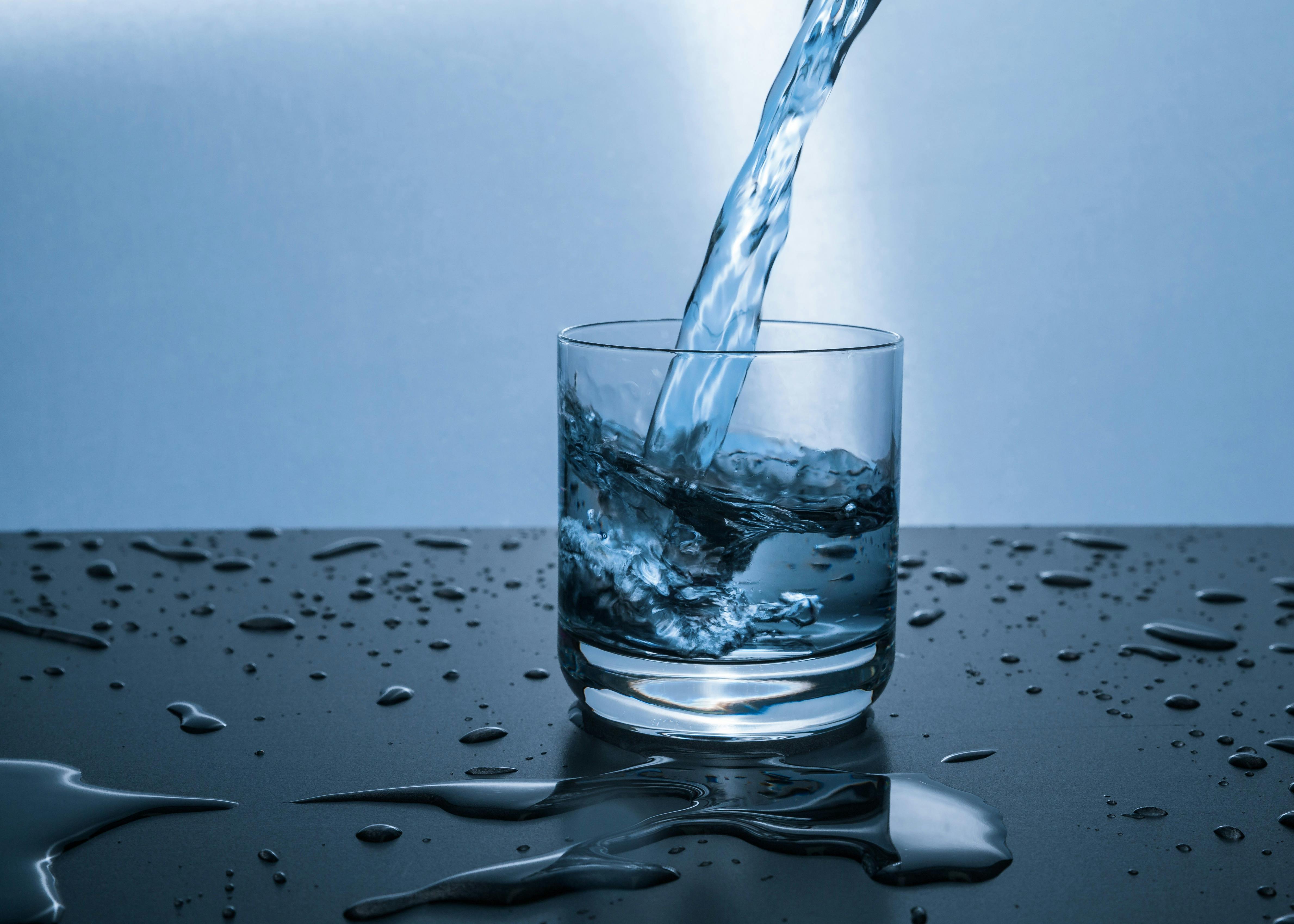
Please read – our information
The information presented on cleanairandwater.net is compiled from official water quality reports, trusted news sources, government websites, and public health resources. While we strive for accuracy and thoroughness in our presentations, we are not scientists, engineers, or qualified water quality professionals.
Our mission is to present water quality information in an accessible, real-world format that helps people understand what’s in their water and make informed decisions about their health and safety. We believe that complex environmental information should be available to everyone in a format that’s easy to understand.
We make every effort to ensure our content is current and accurate, but we cannot guarantee that all information is complete or error-free. This website should not replace official communications from your local water utility or health department. We always recommend consulting official sources for the most up-to-date information regarding your specific water system.
Clean Air and Water is not liable for any unintentional errors, omissions, or outdated information. The content on this site is provided for informational purposes only and should not be considered professional advice.

